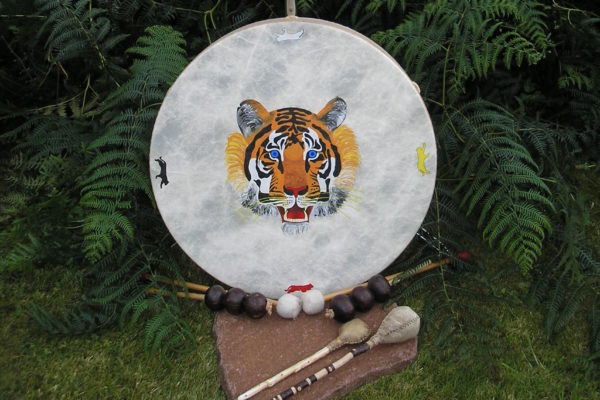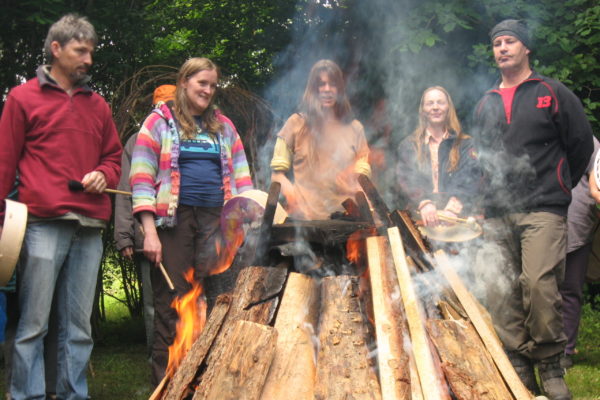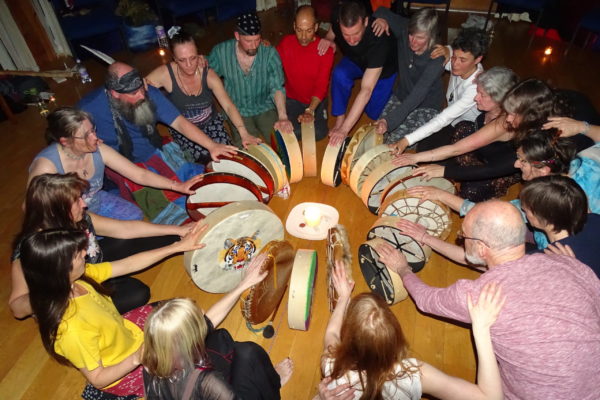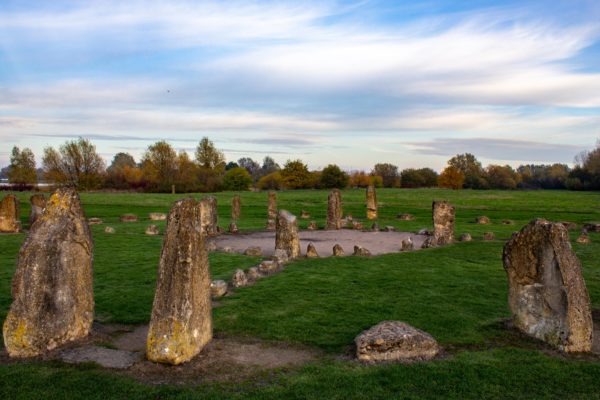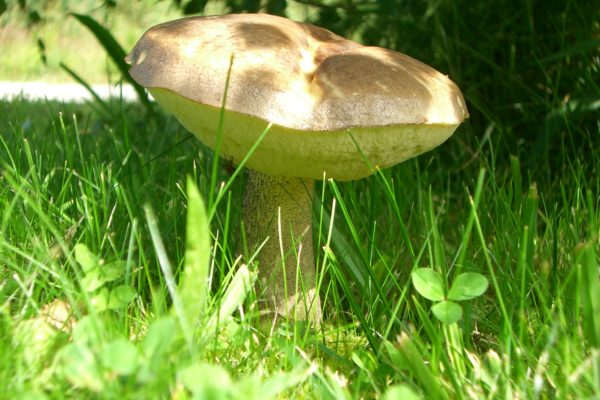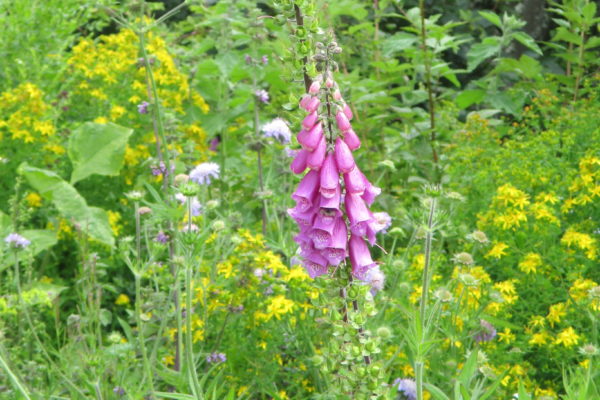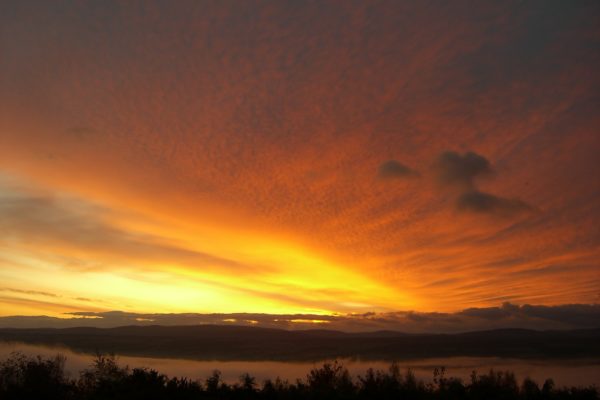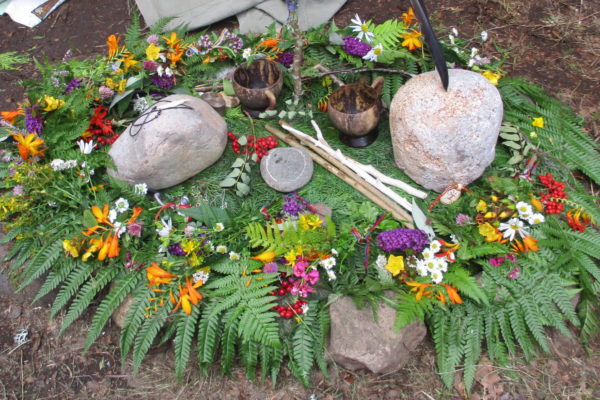Shamanism is considered to be the oldest human form of spiritual expression, with archaeological evidence indicating its origins may go back around 40 – 50,000 years. It has its roots in many diverse cultures worldwide, including the Pictish peoples who populated northern Britain.
The word ‘shaman’ comes from the Tungus people of Siberia and can be translated as ‘one who knows’, highlighting that shamanism is not a belief system but is based upon direct personal knowledge and experience. This wisdom is deeply rooted in time-honoured traditions and yet remains appropriate and applicable to modernity, allowing us to reclaim our individual, authentic spiritual authority.
The core shamanic world view espouses the principle that the whole of existence, including rivers, mountains, rocks, the star nations and the earth itself, is imbued with consciousness. Through practices designed to facilitate a shift in perception, such as song, drumming, rattling and dance, the shamanic practitioner is able to enter a visionary trance-state, known as the shamanic journey, and access ‘non-ordinary reality’. Meetings and communication with spirit helpers, in the form of animals, ancestral allies, angelic guides and spirits of nature, is then available to the practitioner.
Shamanic practices are always undertaken with a clear intent; for healing purposes, problem solving and general well-being – either for self, another individual, the community or the land and its inhabitants.
In these changing times, we are beginning to comprehend the limitations of our narrow human-oriented view of the world. Many people are experiencing a heart-felt need to reconnect and communicate with non-human life – to hear the voices of animals, plants, trees and the whole of nature that we share this planet with. Through shamanic practices we are able to access this communication and explore our unity and wholeness with life, bringing about greater balance and kinship.
For those seeking greater detail in core shamanic practices please refer to the following links:
Shamanic Healing
Shamanic healing acts to restore an unimpeded flow of energy resulting in health and vitality to all levels of being. The role of the shamanic practitioner is to provide hands…
Sweatlodge Ceremonies
People have taken part in Sweatlodge Ceremonies for thousands of years. Evidence can be found in cultures around the world including Northern Europe. Sweatlodges have a strong elemental quality incorporating…
Healing Circles
Advanced Practice In the practice of cross-cultural shamanic healing it is well known that the power of the healing for an individual or for a piece of land is multiplied…
The Medicine Wheel
The Medicine Wheel is a metaphor for a variety of spiritual concepts and a representation of the interconnectedness of all life. Like the stone circles across the UK, the origin of…
Nature Intelligence
The world is alive, intelligent, aware, communicative, and filled with soul. We are not alone; we are part of something much larger than ourselves and we are companioned by millions…
Plant Spirit Medicine
Plants bring with them the true essence of heart-felt, unconditional generosity; taking in the energy of the Sun and transforming it within themselves to bring life to the planet. As…
Rites of Passage
Throughout life, we shift from one identity to another as we pass through various milestones on our personal journey. Time honoured rites of passage are particularly important within indigenous cultures…
Vision Quest
In ancient cultures throughout the world, different forms of Quests were used as doorways to enter spiritual realms and expand self-knowledge. Quests usually involve a period of solitude and could…

